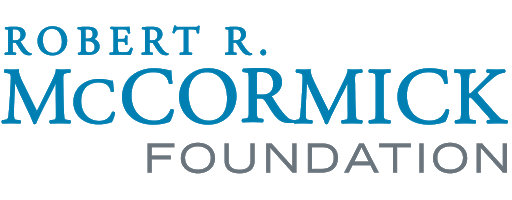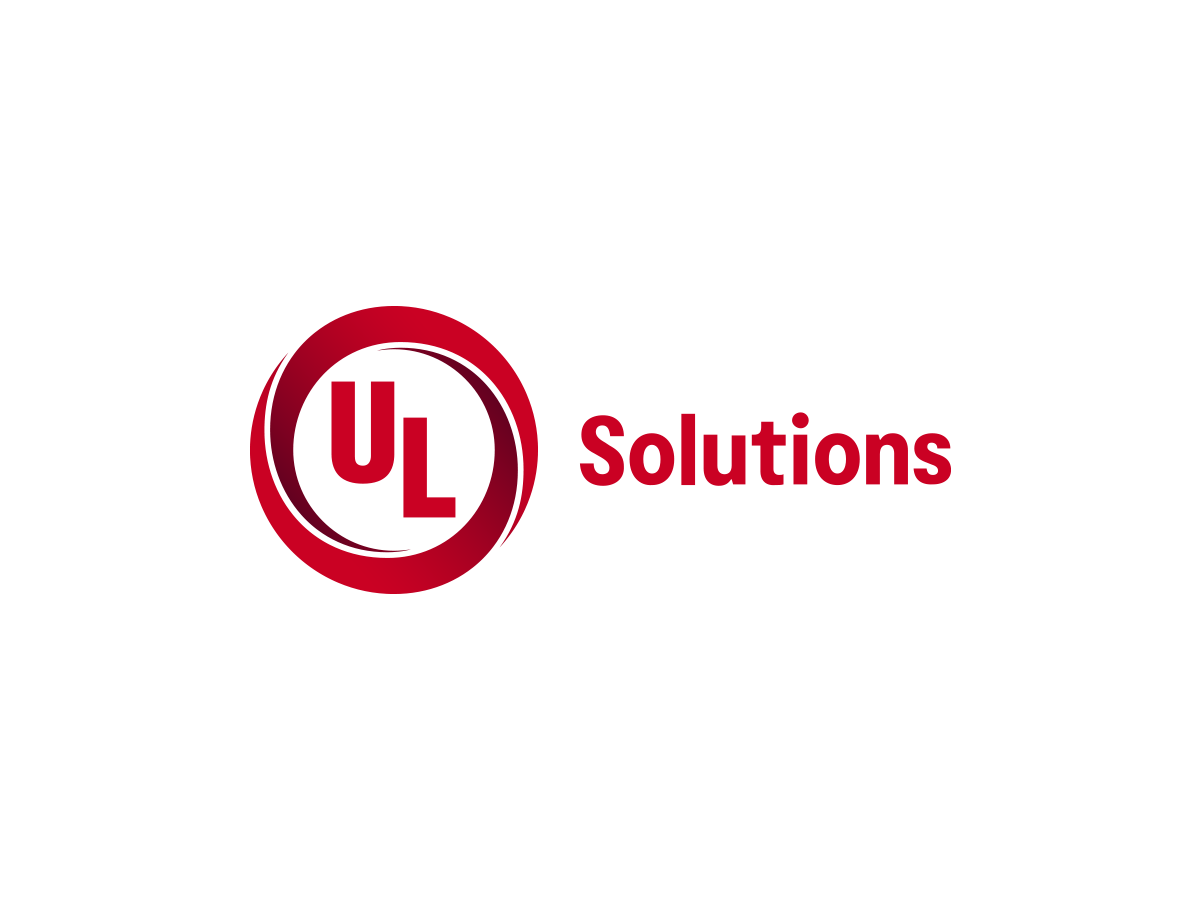New America's Sascha Haselmayer presents a strategic vision for city procurement.
Executive Summary
In a volatile and changing world, one government function is in a position to address challenges ranging from climate change to equity to local development: procurement. Too long confined to a mission of cost savings and compliance, procurement—particularly at the local level, where decisions have a real and immediate impact on citizens—has the potential to become a significant catalyst of change.
In 2021 alone, cities around the globe will spend an estimated $6.4 trillion, or 8 percent of GDP, on procurement.1 Despite this vast buying power, city procurement faces several challenges, including resistance to the idea that procurement can be creative, strategic, economically formidable—and even an affirming experience for professional staff, citizens, civil society organizations, and other stakeholders.
Unfortunately, city procurement is far from ready to overcome these hurdles. Interviews with city leaders and procurement experts point to a common failing: city procurement today is structured to serve bureaucracies—not citizens.
City procurement is in a state of creative tension. Leaders want it to be a creative engine for change, but they underfund procurement teams and foster a compliance culture that leaves no room for much-needed creative and critical thinking. In short: procurement needs a mission.
In this report, we propose cities reimagine procurement as a public service, which can unlock a world of ideas for change and improvement. The vision presented in this report is based on six strategic measures that can help cities get started. The path forward involves not only taking concrete actions, such as reducing barriers to participation of diverse suppliers, but also adopting a new mindset about the purpose and potential of procurement. By doing so, cities can reduce costs and develop creative, engaging solutions to citywide problems. We also offer detailed insights, ideas, and best practices for how practitioners can realize this new vision.
Better city procurement offers the promise of a vast return on investment. Cost savings stand to exceed 15 percent across the board, and local development may benefit by multiplying the participation of small and disadvantaged businesses. Clarity of mission and the required professional skills can lead to new, pioneering innovations. Technology and the right data can lead to sustained performance and better outcomes. A healthy supplier ecosystem can deliver new supplier talent that is aligned with the goals of the city to reduce carbon emissions, serve complex needs, and diversify the supply chain.
All of this not in service of the bureaucracy but of the citizen.
- 1
Based on Organisation for Economic Co-operation and Development (OECD) estimates in “Subnational Governments in OECD Countries: Key Data 2018 Edition” that subnational government (SNG) procurement constitutes 49.5 percent of all SNG public expenditure estimated at 16.2 percent of GDP. Global GDP was $84 trillion in 2020.


Related Content
 Global Cities
Global Cities
By investing in infrastructure, the United States can prepare communities to participate in a changing economy, increase access to opportunity, and address challenges highlighted by the COVID-19 pandemic.
 Global Cities
Global Cities
The impact of global challenges such as climate change and the COVID-19 pandemic manifests most acutely in urban settings, rendering cities essential players on the global stage.
 Global Economy
Global Economy
This paper explores how city leaders can use economic power to narrow the gap in wealth and opportunity.


